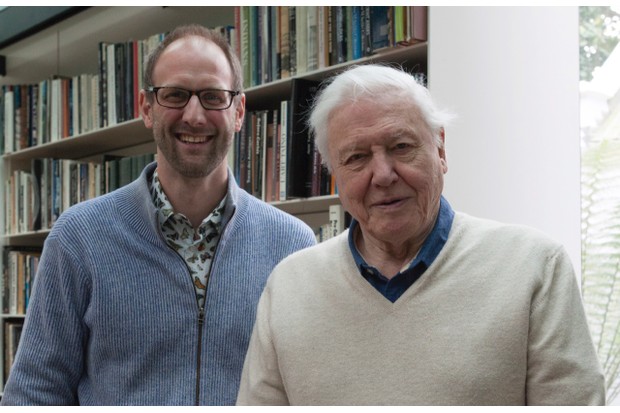Eggs are nature’s miracles of packaging, often lustrous and exquisitely patterned. Once a childhood rite of passage, ‘bird nesting’ is illegal nowadays – but there’s no harm in collecting empty eggshells, says Ben Hoare
Common bird eggs to spot
Pheasant eggs
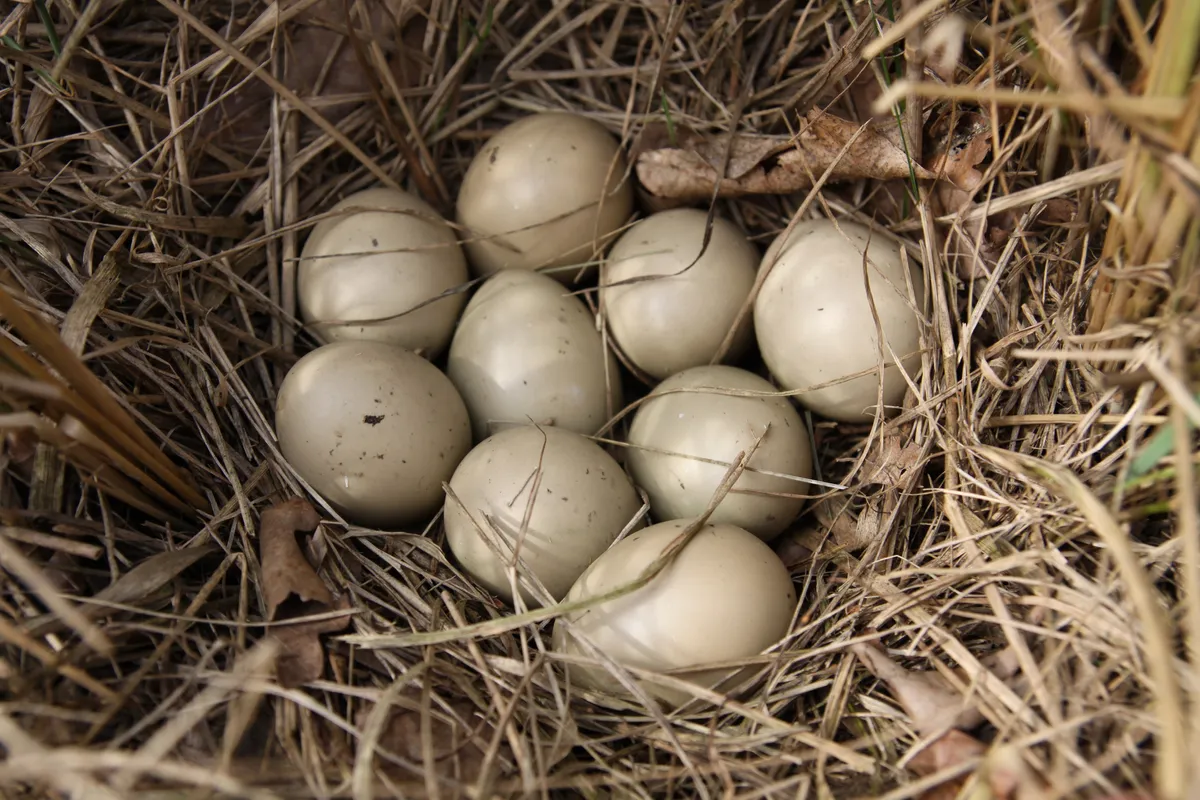
Pale brown or olive; 4.5cm
Pheasant eggs resemble small, rounded chicken eggs. Large clutches are the norm – between eight and 15 eggs is usual. There’s no nest as such, just a simple hollow in the ground
Lapwing eggs

Ochre/sand-coloured with darker markings; 4.5cm
Beautiful squiggles and blotches provide perfect camouflage for lapwing eggs in open farmland. Each nest scrape usually contains four. Traditionally the eggs were an Easter delicacy.
Woodpigeon eggs

Pure white and glossy; 4cm
‘Woodies’ can produce up to three clutches of two eggs and, remarkably, manage to breed in any month of the year. Look for broken eggshells in woods and gardens.
Blackbird eggs
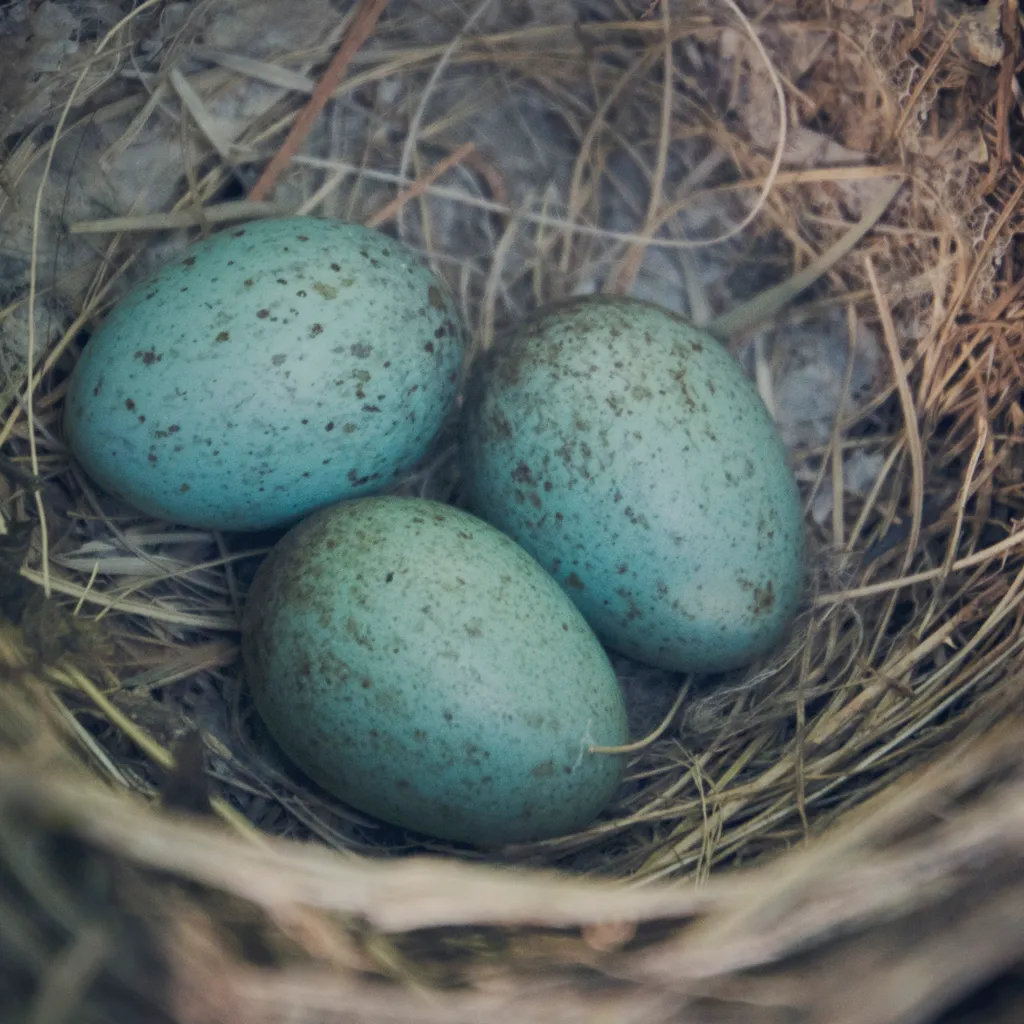
Greenish with even red freckles; 3cm
These are among the most frequently found eggs, often in gardens. Blackbirds are able to raise two or three broods, with three to five eggs in each clutch. The nest cup is lined with grass.
Song thrush eggs
Pale blue with black flecks; 3cm
The female song thrush usually produces two clutches of three to five eggs, speckled in black at the broader end. Her neat cup-shaped nest is (unlike the blackbird’s) smoothly lined with mud.
Dunnock bird eggs
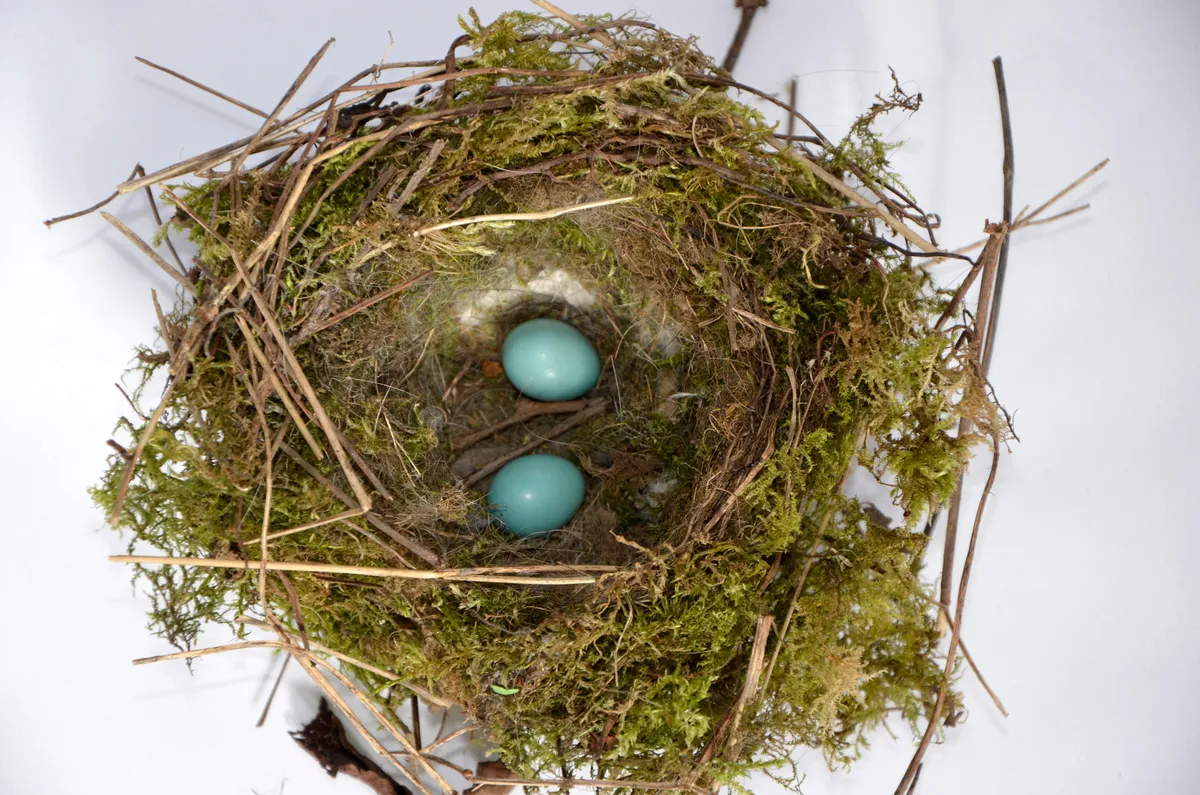
Deep sky-blue; 2cm
Dunnock eggs look similar to those of the song thrush, but are smaller, unmarked and more intensely coloured. The female lays her clutch of four or five eggs low down in a thick hedge/bush.
Robin eggs

Off-white with red-brown freckles; 2cm
In a good year, female robins produce three or even four clutches, each of four to six eggs. The species is famous for nesting virtually anywhere, including sheds, garages, greenhouses and pots.
Chaffinch eggs
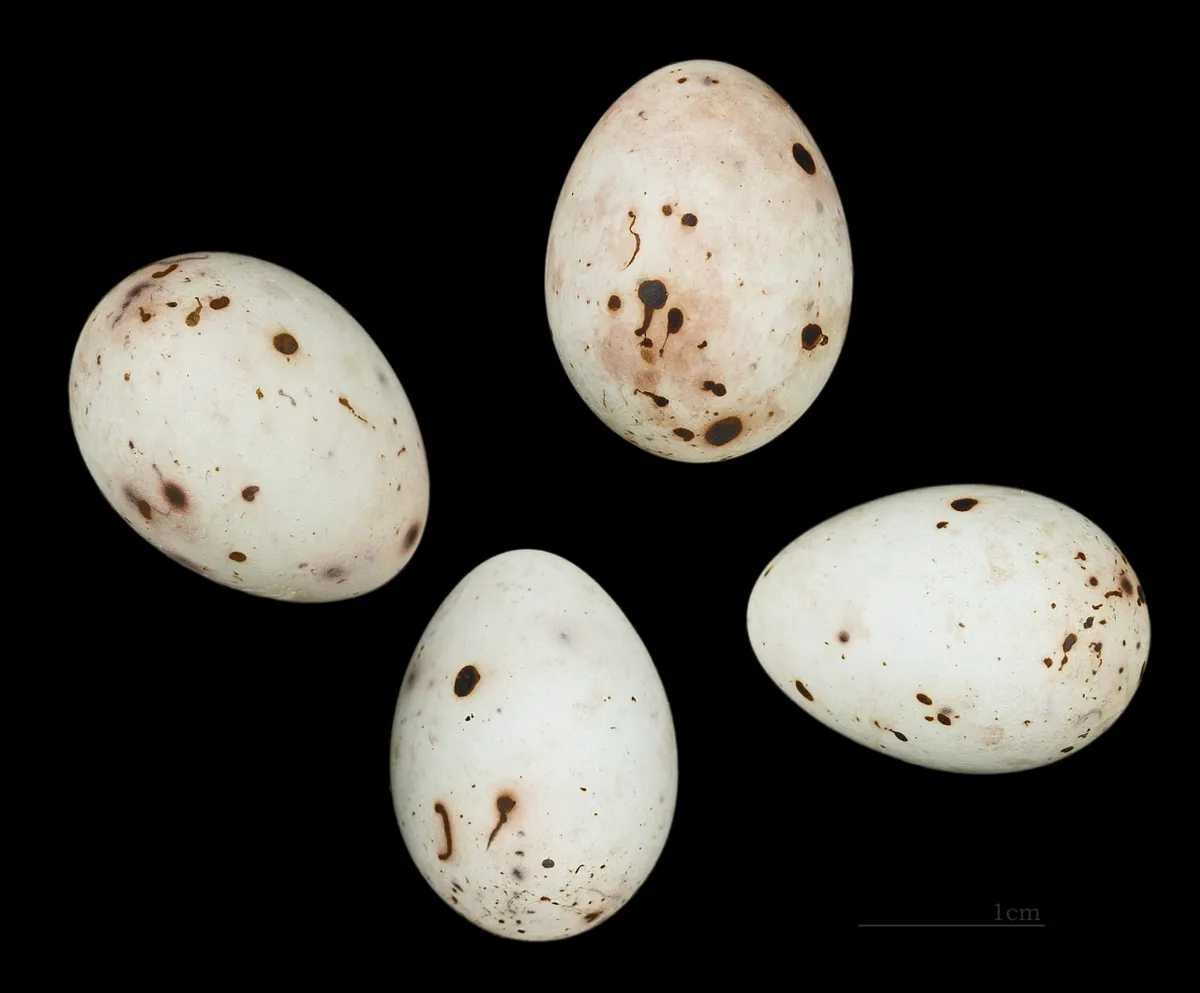
Cream with red blotching; 2cm
Unusual but handsome, chaffinch eggs appear almost bloodstained. There’s a single clutch of four or five, and the neat little nest, lined with grass, moss and hair, is hidden in thick cover.
Blue tit eggs
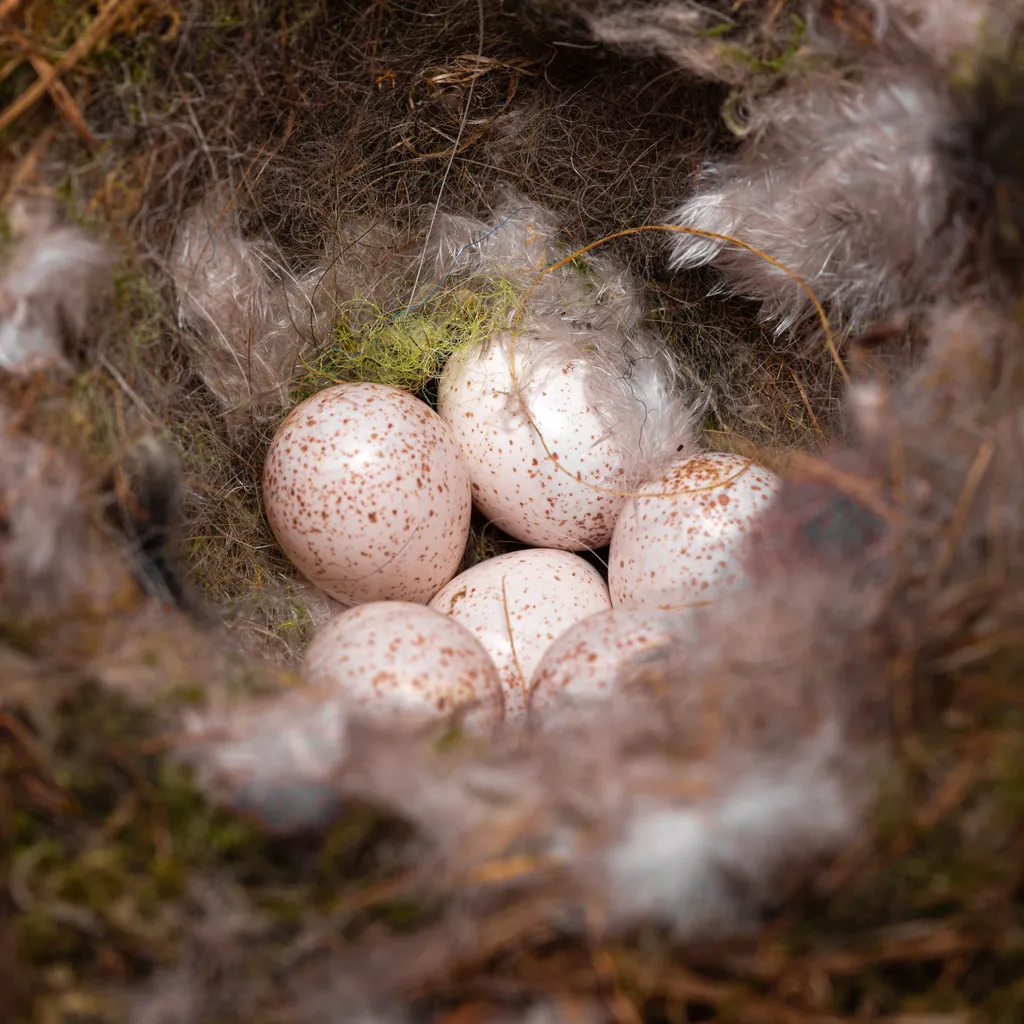
Off-white with red-brown freckles; 1.5cm
Similar to robin eggs, but smaller. Female blue tits lay big clutches of eight to 12 eggs in nestboxes, at the rate of one a day. They get more speckled later in the clutch.
